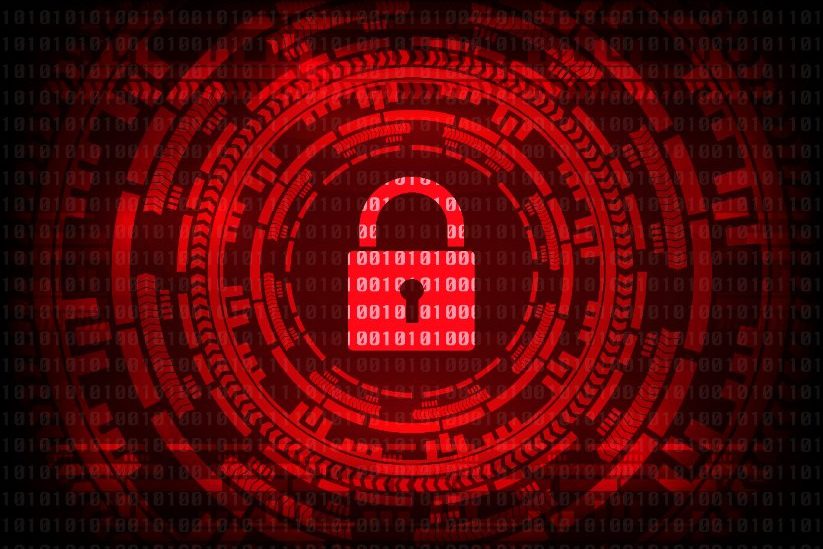Cybercriminals don’t discriminate by size. In fact, small businesses are now prime targets for cyberattacks due to typically weaker defenses and less robust cybersecurity policies. As we move through 2025, the threat landscape continues to evolve—and small businesses need to be ready.
Here are the top cybersecurity threats you should be watching this year and how to protect your business.
1. AI-Powered Phishing Attacks
Phishing is no longer just badly worded emails from “princes.” In 2025, attackers are using AI to create personalized, convincing phishing emails—often mimicking internal staff or trusted vendors.
How to Defend:
- Train staff to recognize modern phishing tactics
- Use email filtering and AI-based threat detection
- Implement multi-factor authentication (MFA) everywhere
2. Ransomware-as-a-Service (RaaS)
Ransomware is now an industry. With RaaS, attackers don’t need to be hackers—they just rent the tools. Small businesses, especially those without solid backups, are frequently targeted.
How to Defend:
- Keep regular, offsite backups
- Patch software and firmware frequently
- Invest in endpoint detection and response (EDR) solutions
3. Insider Threats and Employee Negligence
Whether it’s accidental data sharing or a disgruntled employee, insiders pose a serious risk—especially in smaller teams where access isn’t always tightly controlled.
How to Defend:
- Enforce least-privilege access policies
- Use audit logging and access monitoring
- Provide regular cybersecurity awareness training
4. Unsecured Remote Work Tools
Hybrid and remote work aren’t going away, but insecure tools and personal devices can be a backdoor into your network.
How to Defend:
- Use secure VPNs and encrypted communication
- Ensure devices are managed and monitored
- Require mobile device management (MDM) policies
5. Supply Chain Attacks
You may trust your IT setup—but do you trust your vendors’? Attackers often breach smaller vendors to get to bigger targets. But you might be collateral damage.
How to Defend:
- Vet vendors for cybersecurity practices
- Require contracts to include security SLAs
- Use network segmentation to isolate third-party access
6. Social Engineering via AI Voice and Deepfakes
Voice cloning and video deepfakes are making impersonation attacks far more believable. Fraudsters may now sound like your CEO or appear in video messages asking for urgent action.
How to Defend:
- Verify unusual requests through secondary channels
- Educate employees about deepfake risks
- Implement strict internal verification procedures
7. Weak Password Hygiene
Even in 2025, weak or reused passwords remain a top vulnerability—especially for SMBs using legacy systems or shared accounts.
How to Defend:
- Implement password managers
- Enforce strong password policies
- Require MFA on all cloud services and email
Final Thoughts: Small Businesses Can’t Afford to Ignore Security
Cyberattacks are no longer a “big business” problem. In 2025, small businesses are often the most profitable targets for attackers, precisely because many still lack adequate defenses.
If you’re not sure how secure your business really is, consider a free cybersecurity assessment from our team. We’ll help you identify gaps and create a plan that protects your operations and your reputation.
Want to get started?
📞 Contact us for a free consultation or risk assessment today.






